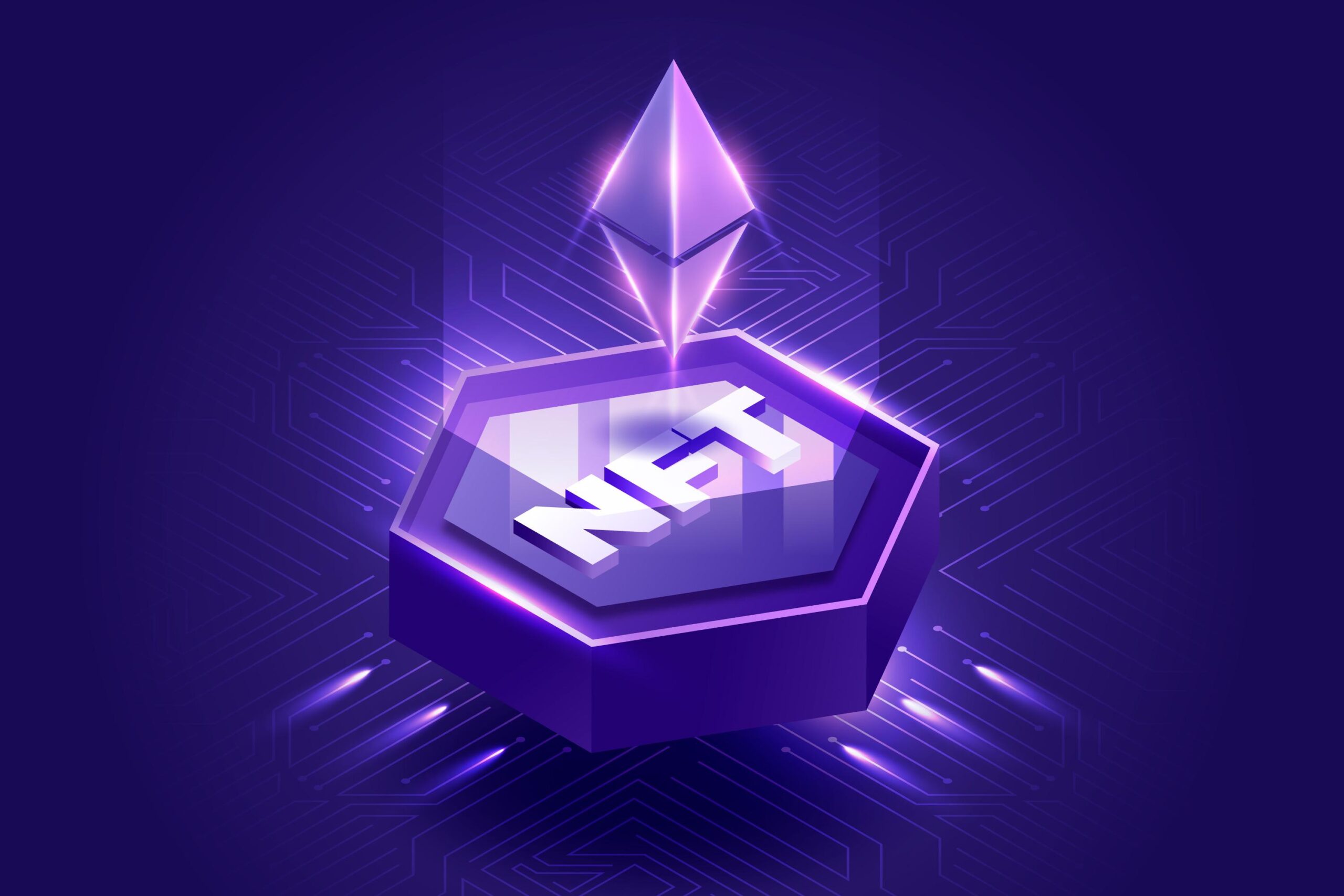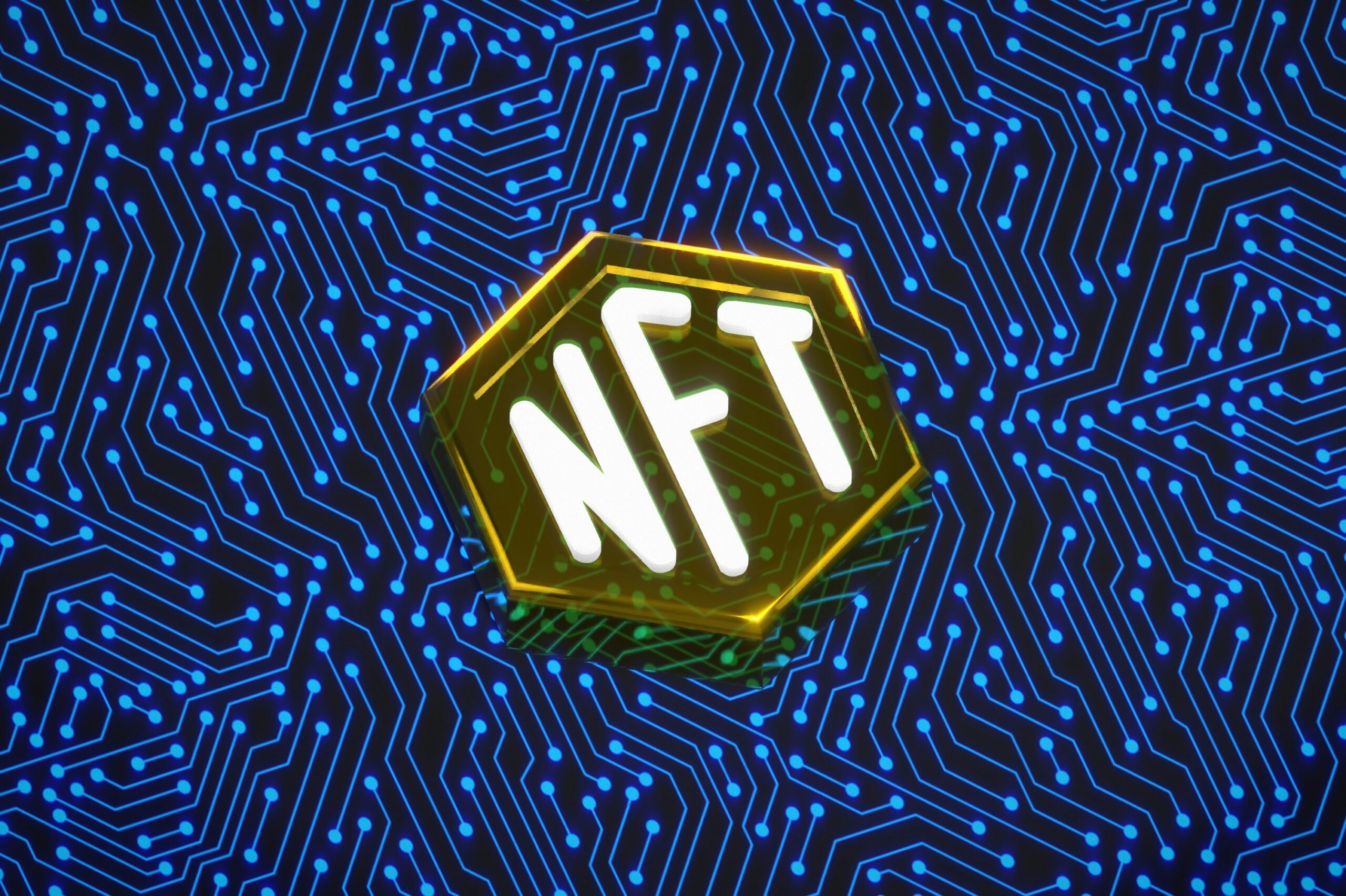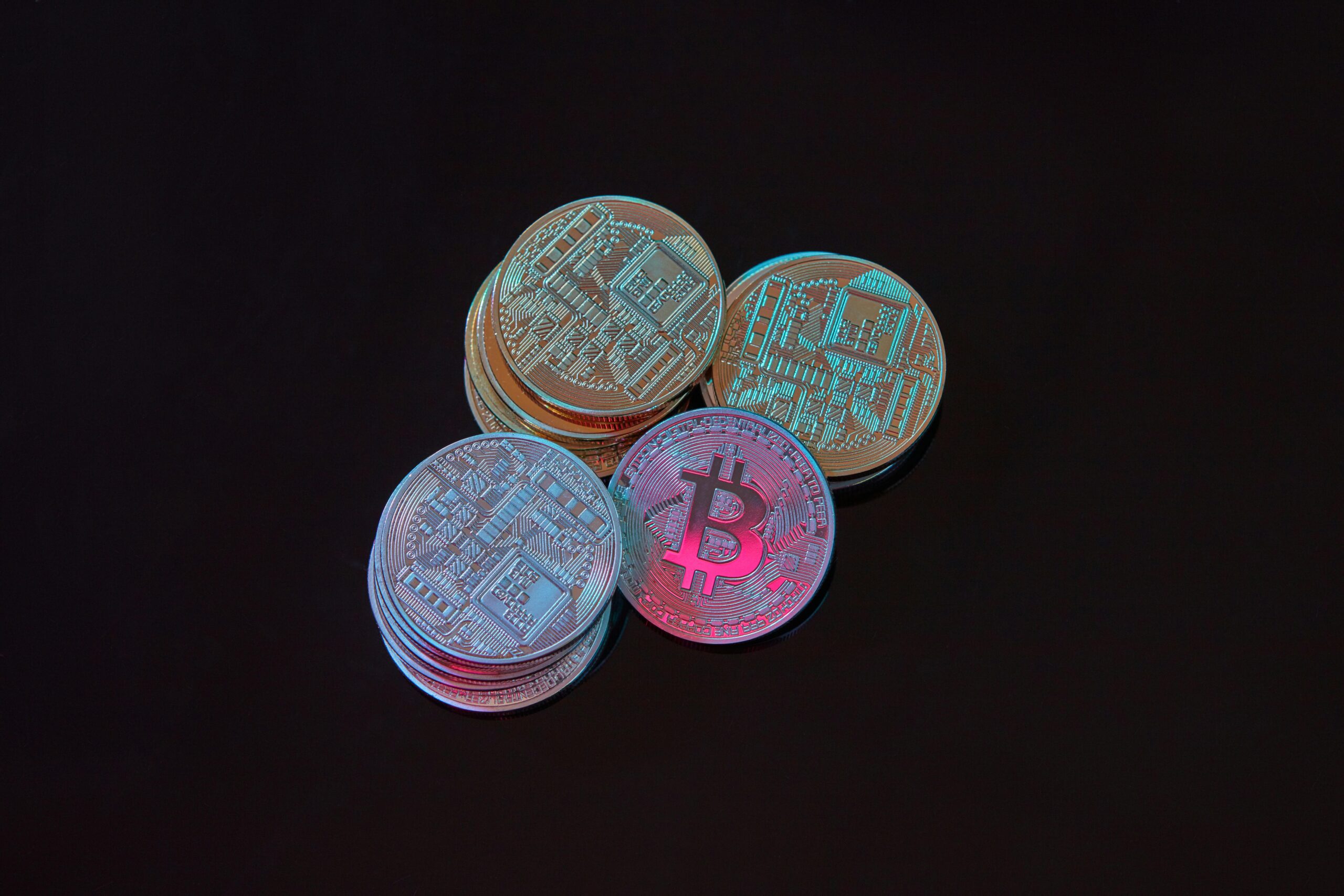NFTs are non-fungible tokens with a unique cryptographic identifier, deployed on a blockchain. Any digital art, music, gaming avatar, video, or even domain name can be minted as an NFT and stored on the blockchain. This enables digital creators and game developers to monetize their work and provide utility for their audience.
These assets are widely traded on marketplaces for purposes such as accessing certain communities, unlocking utility, and generating profits. For example, Sandbox’s metaverse NFTs can be traded on OpenSea, allowing investors to potentially earn returns.
With the evolution of this technology, many new use cases for NFTs have emerged. One is the tokenization of various valuable items like music and real estate, turning them into NFTs that can be traded or used for other purposes. Many metaverse games also feature NFTs as in-game characters with unique traits that can be traded among players on marketplaces. This enables in-game economies controlled and owned by the players.
On marketplaces like OpenSea and Rarible, you can also find metaverse NFTs. If you want to create and sell your own assets, you can use these platforms, but you should first review their policies and transaction fees.
1. OpenSea
It is the world’s largest NFT marketplace, offering a wide variety of NFTs in several categories such as digital art, gaming, music, virtual land, domain names, and more. Within these categories, you can find numerous collections, including rare and best-selling NFTs. You can also create your own collection without any coding skills. Initially developed as an Ethereum-based platform, it has now transitioned to a multi-chain marketplace, supporting Polygon, Klaytn, Solana, and other blockchains.
With the lazy minting feature, users can create NFTs but only pay transaction fees (gas) when the NFT is sold. The platform’s large user base and high liquidity allow NFT investors to sell their NFTs more easily and at scale.
Some benefits of OpenSea include:
- Low transaction fees
- Detailed statistics and analytics for collections and assets
- Multi-chain support, including Ethereum, Polygon, Klaytn, and Solana
- Support for many types of NFTs
- Easy NFT and collection creation without coding
- A constantly growing ecosystem, with plans to add more blockchain support in the future
2. Rarible
It is a multi-chain marketplace that facilitates the trading of NFTs. On this platform, anyone can mint NFTs and sell them for profit. Moreover, it’s an aggregated NFT marketplace, also providing listings from other platforms such as OpenSea, LooksRare, and marketplaces created with the Rarible Protocol. Like OpenSea, it supports lazy minting.
Rarible also has its own utility token, RARI, which functions as a governance token. Users can earn RARI through the platform’s reward programs by buying or selling NFTs. Being a multi-chain platform, it supports several blockchains, giving users flexibility in transaction fees and audience reach.
Some of its key features include:
- Aggregates listings from other NFT marketplaces
- Rarible Protocol can be used to build custom NFT marketplaces
- Easy NFT minting without upfront gas fees (via lazy minting)
- Rewards traders with RARI tokens
- Supports multiple blockchains, including Ethereum, Polygon, Tezos, and Immutable X
3. SuperRare
It is a popular marketplace that showcases digital and crypto art from top artists and creators. The platform focuses on conceptual artwork, illustrations, and premium single-edition pieces rather than mass-minted collectibles. Each artwork is created as a one-of-one NFT, ensuring true scarcity.
A unique aspect of SuperRare is that artists must apply and be approved before minting their NFT creations, which ensures quality control. This curation guarantees that only high-quality, rare, and distinctive artworks are featured. SuperRare also provides royalties to artists for every secondary sale, allowing them to earn from the long-term value of their work.
Benefits of SuperRare include:
- Artists receive a 10% royalty on every secondary sale
- A highly curated selection of artworks
- $RARE token for governance and community voting
- SuperRare Spaces — curated storefronts run by community members who can onboard artists and sell art under their own brand
4. Binance NFT marketplace
It is a marketplace launched by Binance for trading NFTs and crypto art. It offers NFTs from various categories such as Gaming, Art, Sports, and more. Built on the Binance Smart Chain (BSC) and also supporting Ethereum, this platform uses BNB as its native token, which can be used to pay gas fees as well as transaction fees on the Binance crypto exchange.
One of the unique aspects of this platform is its Initial Game Offerings (IGO), where users can purchase gaming NFTs early, often before they are integrated into the games. Game developers can also apply to launch their IGOs on this platform.
Features include:
- NFTs available in multiple categories
- NFT Mystery Boxes offering random items of varying rarity
- Some of the lowest trading fees among major NFT marketplaces
5. Foundation
It is a popular NFT marketplace built on the Ethereum blockchain. As a curated platform, Foundation is designed for artists to push the boundaries of digital art. ETH is the native currency used for buying and selling assets. The NFTs on Foundation include images, videos, and 3D artworks. Notably, the platform has also listed famous meme NFTs, such as the “Woman Yelling at a Cat” meme, which sold for 1.01 ETH.
Creators can mint and list their NFTs at a fixed Buy Now price, accept offers, or place them in a reserve auction, where the NFT is sold once a collector meets the reserve price.
Key features include:
- Creators earn 10% royalties on every secondary market sale
- Split feature allows a creator to share earnings with collaborators
- A curated selection of exclusive digital art
- Support for timed auctions
Use cases of Non-Fungible Tokens
Game Finance
In games, NFTs are used as characters, items, or assets with unique traits and abilities. These assets can be traded not only on in-game marketplaces but also on external platforms like OpenSea or aggregated marketplaces. Platforms such as the Binance NFT Marketplace also offer Initial Game Offerings (IGOs), enabling popular games to raise capital by selling NFTs before launch.
Utility
By tokenizing virtual properties, artworks, or music through NFTs, both buyers and sellers can benefit from provable ownership and ease of transfer. Utility NFTs can also take the form of event tickets, membership passes, or discount vouchers—for example, a ticket that provides reduced entry to a concert or cinema. They can also grant access to premium communities or video games. NFT projects often raise funds by selling such utility assets on marketplaces.
Metaverse
NFTs are widely used in the metaverse to represent ownership of virtual properties, wearable items, or digital experiences. Users can purchase these virtual properties as NFTs on metaverse marketplaces, then monetize them through rentals, resales, or hosting events. For example, in The Sandbox metaverse, users can trade virtual land NFTs for profit, while game developers earn from transaction fees and sales of new NFTs.


